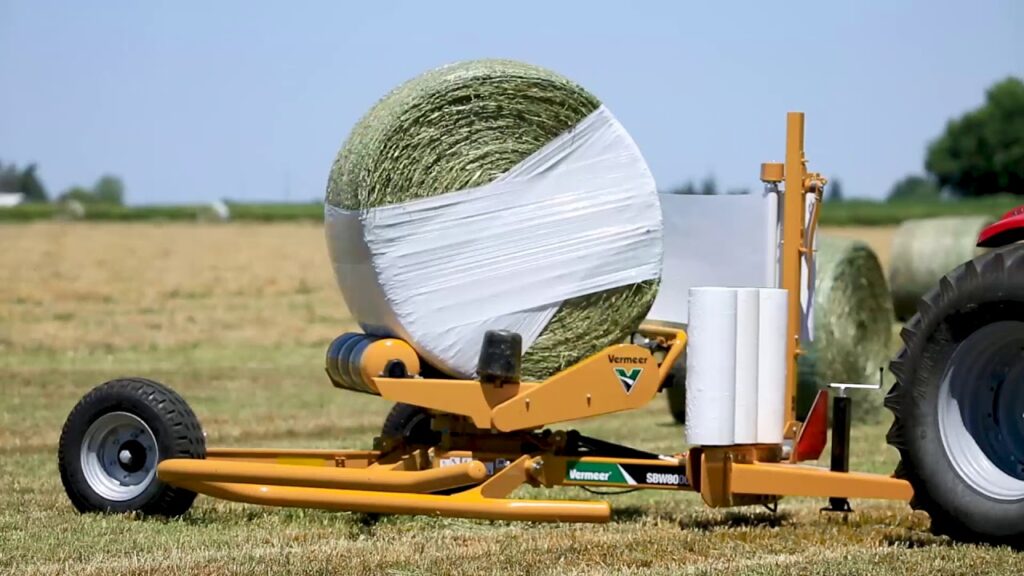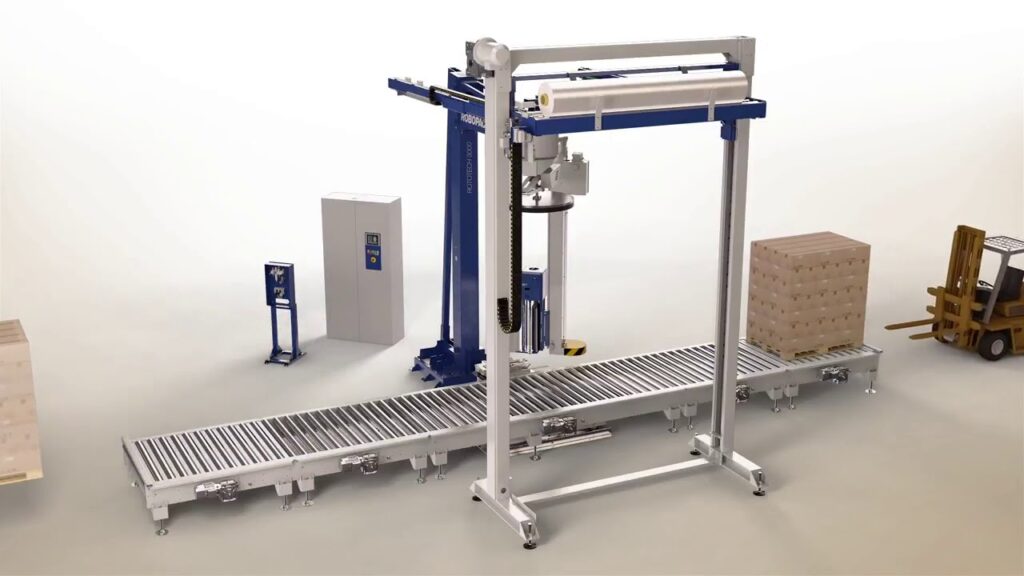Title: Makin’ Hay Minute: Which Bale Wrapping Method is Best for You?
Description:
Considering bale wrapping? There are a lot of factors to consider before investing in bale wrapping for the first time. Vermeer Corporation's Makin’ Hay Minute breaks down the differences between inline and individual bale wrapping methods, helping you choose which one is best for your operation.
In this informative video, we examine the pros and cons of both inline and individual bale wrapping methods. We explain how the two methods work, the different types of machines available, and the benefits and drawbacks of each. From reducing air and moisture exposure to increasing overall bale density, we cover everything you need to know to make an informed decision.
If you're new to bale wrapping, this video is an excellent starting point. But even experienced farmers could benefit from learning about the latest technologies in the industry. So, whether you're a seasoned expert or just starting out, make sure to check out this video and learn which bale wrapping method is right for you.
Tags: bale wrapping, inline bale wrapping, individual bale wrapping, Vermeer Corporation, agriculture
Additional Paragraph:
If you're new to bale wrapping, you may have some questions about how the machines work or how to choose the right supplier. Here are some frequently asked questions to help get you started:
- What type of bales can be wrapped?
Both round and square bales can be wrapped using the inline and individual bale wrapping methods. However, you will need different machines for each type of bale.
- How often should I replace the plastic wrap?
The lifespan of plastic wrap varies depending on the conditions in which it's stored and the type of wrap used. Most manufacturers will give you an estimate of the expected lifespan of the wrap they sell.
- How much maintenance do bale wrapping machines require?
Bale wrapping machines require regular maintenance to keep them running smoothly. This includes cleaning the machine after use, lubricating moving parts, and replacing worn or damaged components.
Overall, bale wrapping can be an effective way to protect your crops from moisture and air exposure, increase bale density, and reduce spoilage. By learning about the different methods and machines available, you can choose the one that best suits your needs and helps you maximize your profits.


